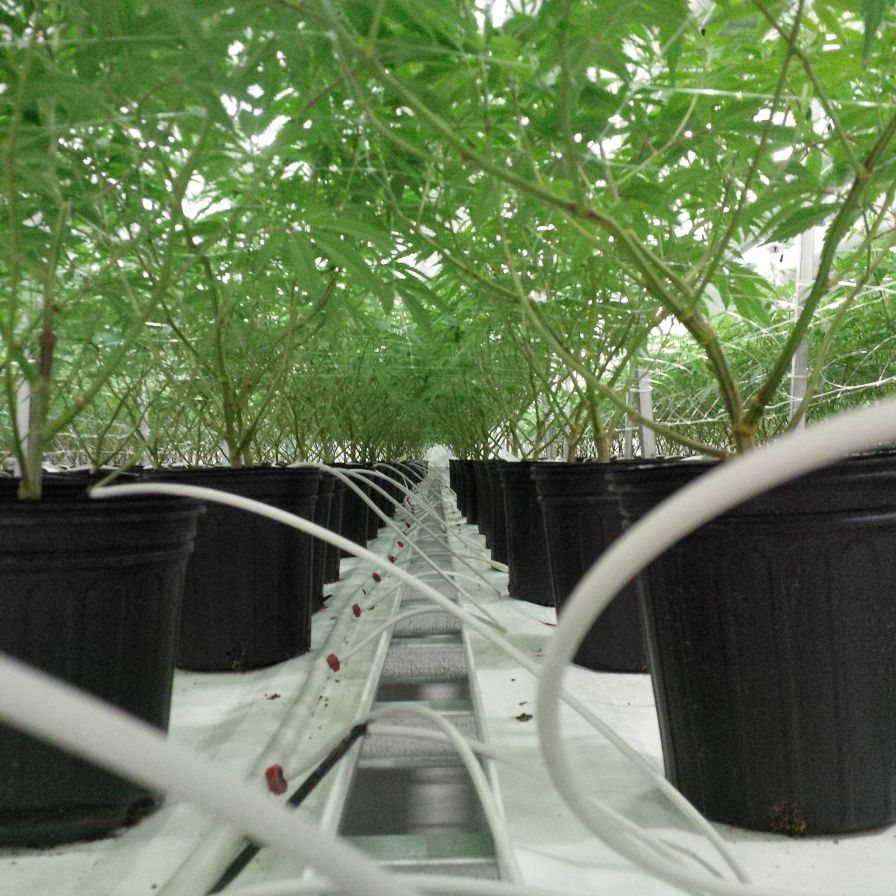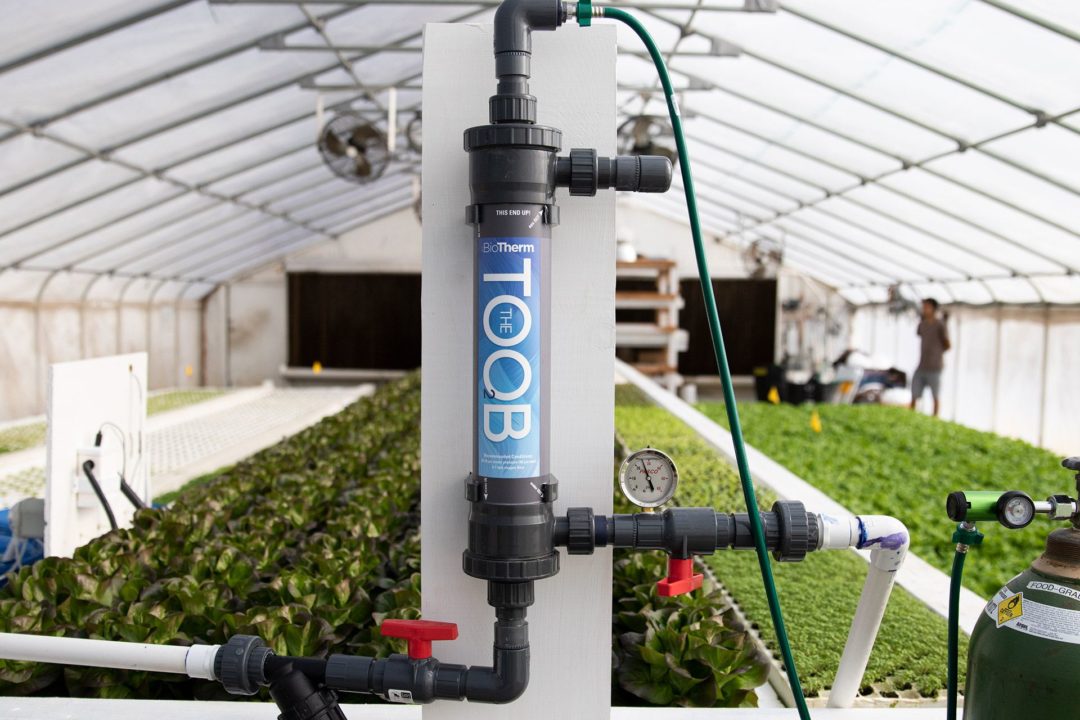How to Pinch and Prune Your Way to a Successful Cannabis Crop
 Pinching, pruning, and deleafing are powerful tools for directing plant growth. By controlling the production of branches, leaves, and shoots, cultivators can help ensure that their plants grow as efficiently as possible.
Pinching, pruning, and deleafing are powerful tools for directing plant growth. By controlling the production of branches, leaves, and shoots, cultivators can help ensure that their plants grow as efficiently as possible.
The key to these techniques lies in the timing of the activity and the volume of plant material removed. If done too early, growth can stall, and plants may struggle to recover. If done too late, it can delay flowering and leave the plant more susceptible to foliar diseases.
Here is a brief overview of these three techniques:
Pinching is the removal of a plant’s primary growing tip, or apical meristem. This part of the plant consists of less than 1 inch of leaf matter, and the growth is so tender that it can literally be pinched off by hand. By simply applying pressure between the thumb and index finger, a quick flick of the wrist removes the growing tip.
If you prefer to use spring-loaded trimming scissors, it’s good to have several available so they can be sanitized between plants with hydrogen peroxide or isopropyl alcohol. This will help reduce the risk of passing latent or active pathogens between plants.
Pinching is done to redirect the plant’s energy from vertical growth to lateral growth. An unpinched cannabis plant will typically grow in a Christmas tree shape, with one large growing tip forming at the top of the plant and each subsequent pair of branches increasing in length towards the base of the plant. Pinching changes the structure of the plant from a triangle to more of a round habit, with multiple even-sized branches. This is done for several different reasons:
- Height control
Indoor growers, and especially those using multi-tier systems, have limited ceiling height. Pinching a plant can help disperse growth horizontally to fill out trays and ensure there’s no wasted space under the trellis netting.
- Disease control
For outdoor growers and greenhouse cultivators, pinching can help mitigate damage caused by botrytis infection. The density of large, baseball bat-sized flowers can trap moisture and create the perfect environment for mold spore germination. Pinching a plant will result in smaller, more numerous flowers that may be less susceptible to botrytis infection.
- Vegetative cutting production
Pinching a plant and then pinching the resulting shoots a few weeks later will create a multibranched and robust mother plant capable of producing hundreds of vegetative cuttings. Early and consistent pinching will build the most productive stock plants.
Pruning, also referred to as a hard pinch, removes much more of the plant than a soft pinch. Pruning can help redirect the plant’s energy, but it’s more often done to reduce the size of a plant.
Stock plants that were not properly formed or pinched on time can grow quite large. Massive, congested plants are inefficient to maintain and have a higher likelihood of harboring pests. Pruning will help bring unwieldy stock plants back under control, but it usually requires a hard cut to the main stem of the plant. This can reduce its overall size by more than 50%.
Cuts are made with heavy-duty bypass pruning shears, since trimming scissors are no match for the thick stems and branches removed during the pruning process. Shears help the grower make quick, smooth cuts, and they work much better than a serrated knife or pruning saw. These not only increase the amount of newly exposed tissue to potential infection, they’re also dangerous for employees to use.
As with trimming scissors, it’s best to have several bypass pruners available so they can be rotated between sanitizations. On several occasions, I have seen botrytis stem cankers spread throughout a cannabis crop when the same pruners were used on every plant.
Deleafing is the removal of the large fan leaves from the cannabis plant. Deleafing is typically done without tools, but it’s important to ensure a clean break at the base of each petiole. Like a hangnail, “runners” occur when a leaf is removed, but a strip of the stem’s epidermal layer comes along with it. Pulling off a leaf can unintentionally have this effect, leaving the stem’s surface open to infections.
Deleafing can also help decrease the risk of disease. Neither powdery mildew nor botrytis needs free-standing water for spore germination; they only require brief periods of high humidity. A dense canopy can trap moisture and create a microclimate that’s perfect for spore germination. Strategic leaf removal will help ensure good airflow and minimize disease pressure.
Deleafing is most effective during the flowering cycle. When done around the 20th and 40th day of flower, this technique will allow for good airflow throughout the canopy and help ensure that most of the plants’ energy is directed towards flower production.
However, it’s essential not to remove too many leaves. Completely stripping the plant can have the unintended consequence of stalling plant growth or aggravating hermaphroditic flowers. A plant without leaves will realize a drastic decrease in photosynthesis, and stressors are known to contribute to hermaphroditic flowers on female plants. A naked plant is also more susceptible to overwatering if the grower doesn’t adjust their irrigation volume and frequency in response to the decrease in leaf mass.
Learning how to pinch, prune, and deleaf a crop will take some practice, but once a cannabis grower masters these techniques, they’ll increase the efficiency of their crop with just a few strategic snips.









